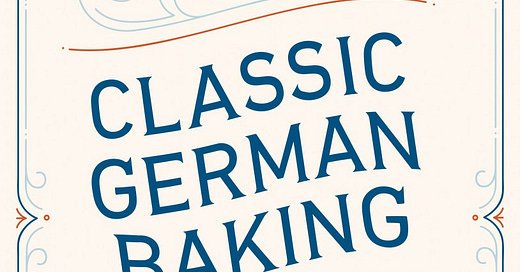Luisa Weiss's "Humble" Birthday Cake
My Family Rituals Series continues with author Luisa Weiss, who some of you probably know as The Wednesday Chef, or, if you're a blogger like me, as "one of the originals." Luisa grew up shuttling back and forth between Boston and Berlin, and it's Berlin where she's made a home with her husband and young son, Hugo. Not content merely to write one of the…




